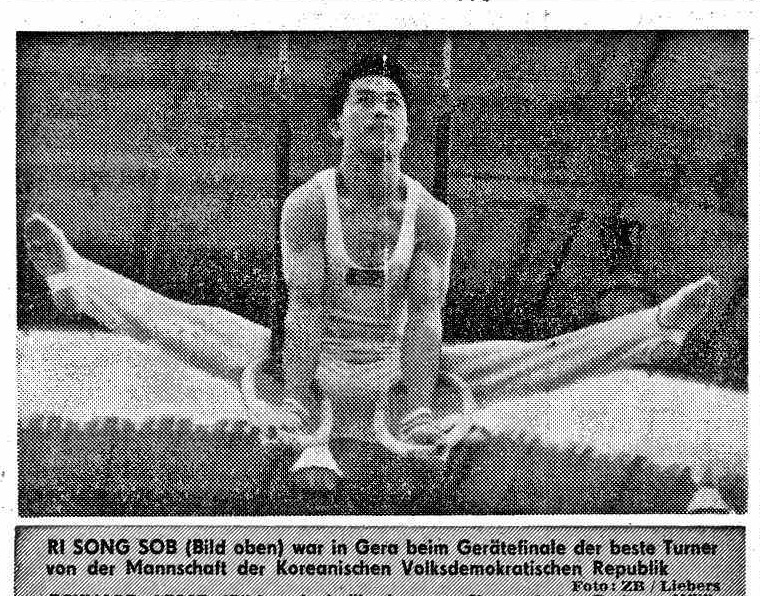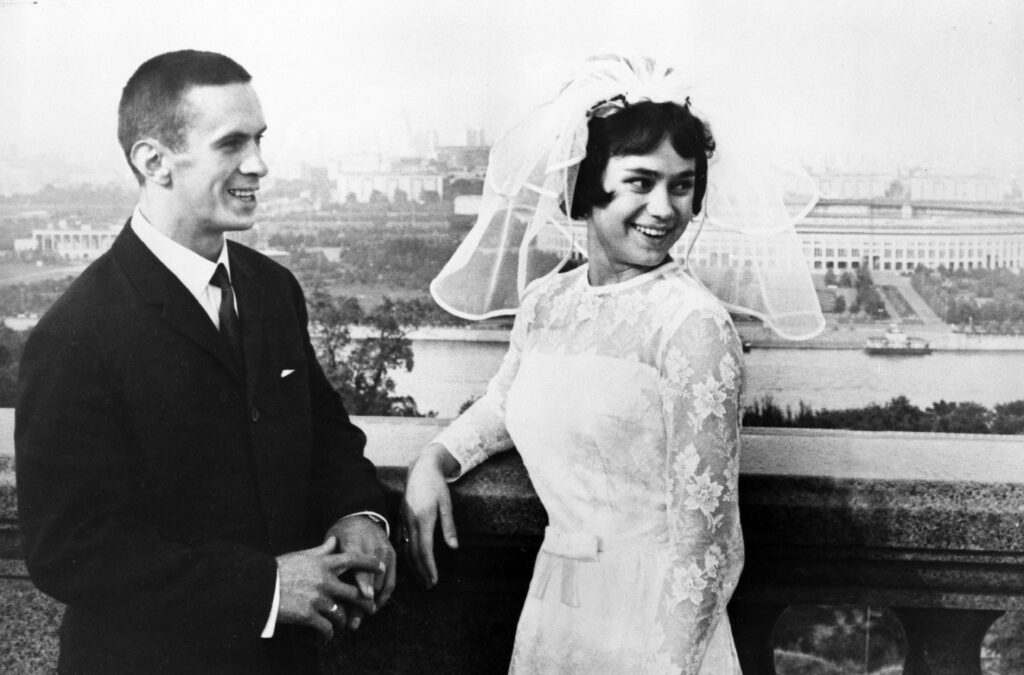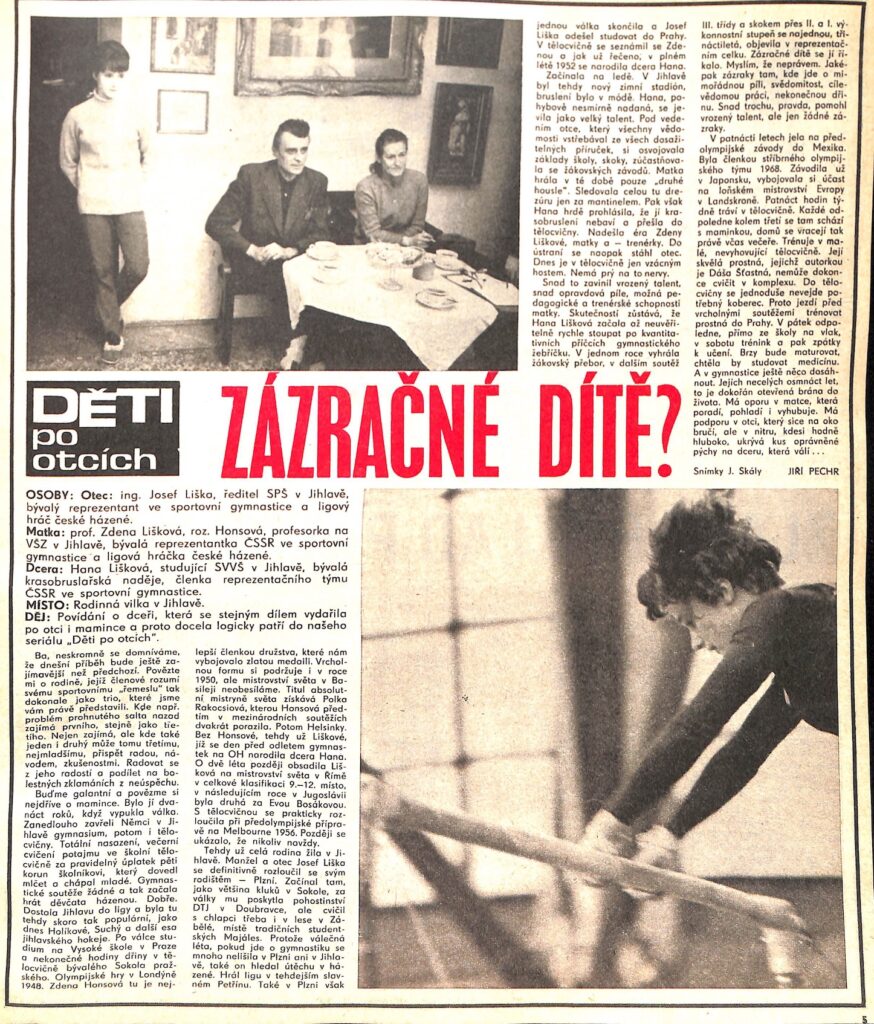In 1949, the first Code of Points for men’s gymnastics was published. Five years later, in 1954, the document was updated.
The 1954 Code of Points was a supplement to the 1949 Code, adding more detail about the evaluation of men’s optional exercises. It specified:
- The breakdown of the 10.0
- The number of required elements
- The types of movements that should be included on each apparatus
- The difficulty levels of various elements.
- Note: the 1949 Code of Points included only a scale of difficulties for vault.
Assigning difficulty levels to elements was a request from the Soviet Union:
As the Russians proposed, a table of difficulties has been worked out, which can be used in Rome [at the World Championships].
Gazette de Lausanne, January 7, 1954
On a mis au point, sur proposition russe, une table des difficultés qui pourra être utilisée à Rome.
So, here’s a summary of the 1954 Code of Points, as well as the original French text, as printed in the magazine Le Gymnaste, May 1955. Thanks to the Bibliothèque nationale de France for providing the documents.





